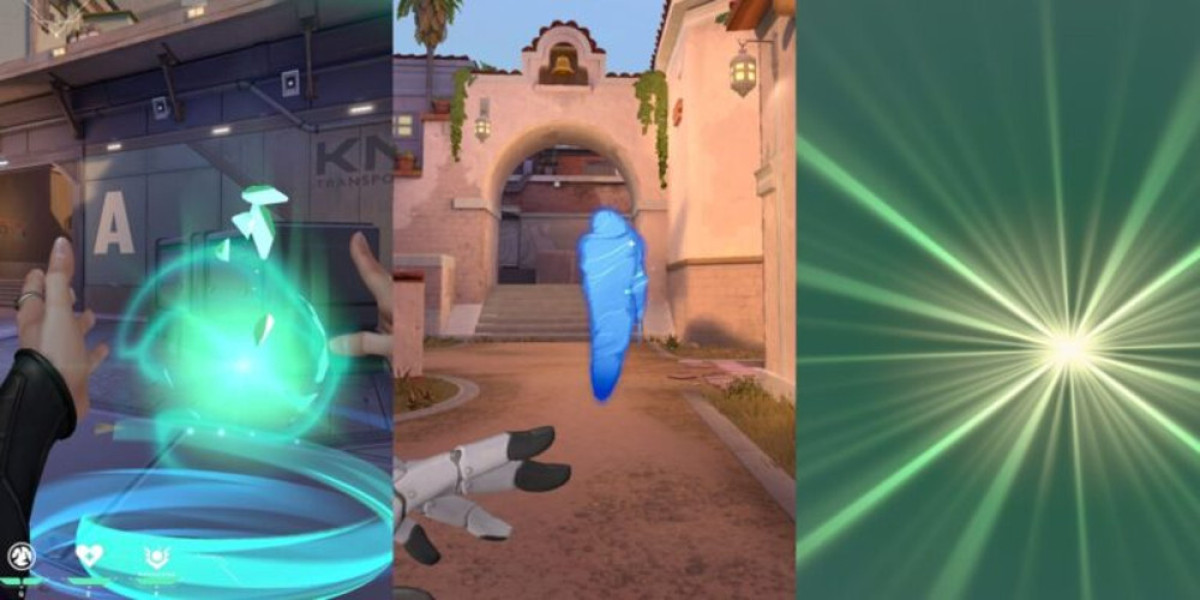Shedding Light on Pleuropulmonary Blastoma.
In the landscape of childhood cancers, some conditions are more widely recognized than others. Pleuropulmonary Blastoma (PPB) is one such rare malignancy, often flying under the radar despite its potential severity. Primarily affecting young children, usually under the age of five, PPB is a unique and aggressive tumor that arises in the lung or the tissues lining the lung (pleura). Shedding light on Pleuropulmonary Blastoma is crucial for increasing awareness among parents, healthcare professionals, and researchers, ultimately leading to earlier diagnosis and improved outcomes for affected children.
The rarity of Pleuropulmonary Blastoma means that many healthcare providers may only encounter a handful of cases in their entire careers. This lack of familiarity can sometimes lead to diagnostic delays or misdiagnosis, highlighting the importance of broader awareness within the medical community. Parents, too, may be unaware of this specific type of childhood lung cancer, making it essential to provide accessible information that can prompt timely medical attention if unusual respiratory symptoms arise in their young children.
Pleuropulmonary Blastoma is distinct from other, more common childhood lung conditions, such as infections or asthma. It is classified as a soft tissue sarcoma and is characterized by its aggressive growth potential. The tumor can vary in appearance and cellular composition, which contributes to the challenges in diagnosis and treatment. Understanding the unique biological characteristics of PPB is a key area of ongoing research.
There are three main types of Pleuropulmonary Blastoma. Type 1 is often cystic (fluid-filled) and may be mistaken for a benign lung cyst or congenital lung malformation. Types 2 and 3 are more solid and aggressive, often presenting with symptoms such as cough, chest pain, shortness of breath, fever, or fatigue. In some cases, the tumor may grow quite large before causing noticeable symptoms, further emphasizing the need for heightened awareness and vigilance.
The exact causes of Pleuropulmonary Blastoma are not yet fully understood, but research suggests a link to mutations in the DICER1 gene. This gene plays a critical role in the processing of microRNAs, which are involved in regulating gene expression. Mutations in DICER1 have also been associated with other rare childhood tumors, suggesting a common underlying genetic predisposition in some cases. Genetic testing for DICER1 mutations can help confirm a diagnosis of PPB and identify families with an increased risk.
Increasing awareness of Pleuropulmonary Blastoma involves educating healthcare professionals about its characteristic features and the importance of considering it in the differential diagnosis of unusual childhood lung symptoms. It also involves providing clear and accessible information to parents about the potential signs and symptoms that should prompt medical evaluation. Early detection is crucial for improving the prognosis of this aggressive cancer.
Research efforts are ongoing to better understand the biology of Pleuropulmonary Blastoma, identify more effective treatment strategies, and develop targeted therapies. Increased awareness can help facilitate the collection of data and tissue samples needed for these critical research endeavors.
In conclusion, Pleuropulmonary Blastoma is a rare and often underrecognized childhood cancer that arises in the lung or pleura. Shedding light on this condition through increased awareness among parents, healthcare professionals, and researchers is essential for promoting earlier diagnosis, facilitating research, and ultimately improving outcomes for affected children. Recognizing the potential signs and understanding the unique characteristics of PPB are crucial steps in the ongoing fight against childhood cancer.






